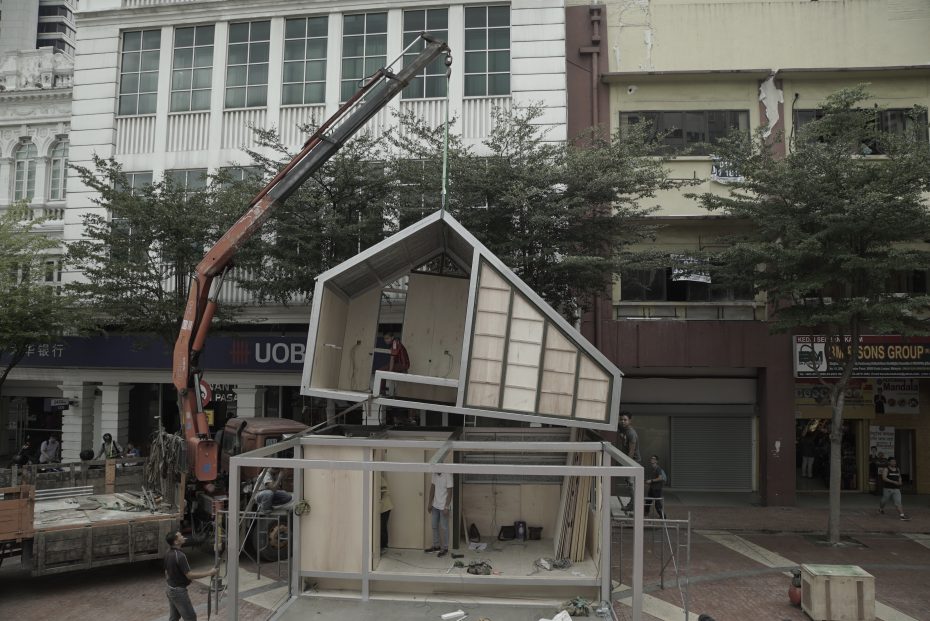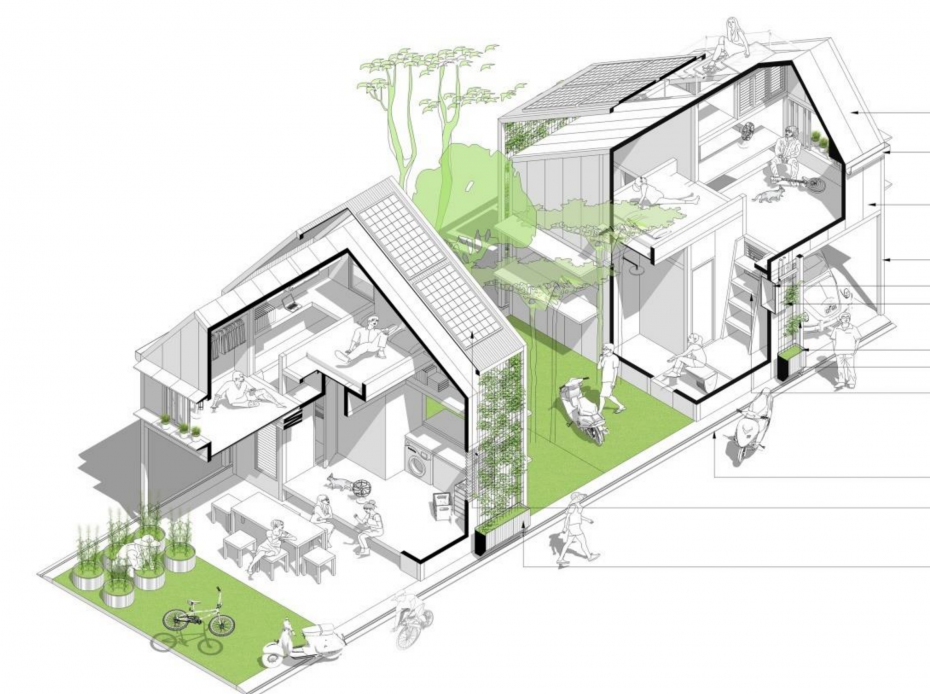By CLAIRE ANTHONY & SATPAL KALER
MALAYSIANS shop, work, eat and party in Kuala Lumpur’s city centre – but nobody really lives there.
A 2014 study by urban regeneration organisation ThinkCity showed that while daytime KL bustles with the 54,000 people who work there, nighttime KL is a ghost town with less than 5,000 people.
“The local people only come here to work,” said Joanne Mun, project lead for ThinkCity. “They probably walk around and have lunch, but after work they go back to the suburbs.”
The reason could lie in its insanely high property prices: when a studio apartment comes with a six-figure price tag and the average Malaysian earns about RM5,000 a month, it seems that only the one-percenters can afford to live in the city.
It’s no surprise, then, that people opt to live in the suburbs where a three-bedroom condo rents for about RM1,500 a month in Damansara, compared to over RM4,000 in the city centre.
The result: an almost-silent KL after working hours.
This is worrying for Kuala Lumpur City Hall (DBKL): if KL isn’t a desirable place to live, it might soon become less desirable to work in as well, and that could affect the city’s businesses and workforce numbers.
“The shortfall in housing for the middle income groups is especially of concern,” states its Kuala Lumpur Structure Plan 2020. “Many of the people who fall into this category form a large part of the city’s workforce and are essential for the functioning of its businesses and commerce.”
The plan is completely accurate – while population numbers have fallen in the city, satellite cities like Damansara and Petaling Jaya have not only boomed population-wise, they’ve become food and entertainment hubs that easily rival KL.
“My children don’t want to be in the city because they say there’s nothing to do,” said DBKL’s infrastructure planning department deputy director Norzaini Nordin. “I thought, we’ve built so many things in the city, how can they say that? So I realised, maybe we’re doing it wrong.”
This has caused DBKL to shift into high gear in order to solve this issue.
Cue microhousing.
“We need to try and bring young people back into the inner city, and to do that we need to make housing affordable,” said technical advisor for ThinkCity, architect Ng Sek San.
One easily achievable way to do that is to make them small.
250 square feet small.

The micro house was assembled at Kongsi KL before being transported in four parts, to Medan Pasar, for the World Urban Forum.
This is the size of architecture firm Tetawowe Atelier’s 2-story, prototype microhouse.
Measuring five metres by five metres, it’s the size of two car parking spaces
“Thanks to better public transport, car sharing services and maybe even self-driving cars, Malaysians might not need car parks anymore,” said designer Wong Wei Ping.
These potentially-unused car parks could be the sites for what the architects call an “urban village”. As the prototype has a pitched roof, they envision clusters of these homes arranged on a rooftop car park, with landscaped spaces between homes used as shared recreational space and other areas designated as communal kitchens and urban gardens.
However, tiny doesn’t mean cramped.
Despite its size, the well-designed house still manages to fit a large porch, living space, a pantry, a bathroom and even a second floor bedroom. Many of the spaces can be enlarged according to your needs, thanks to folding wall partitions.
“The idea is actually for young, single people to live here. People who want to enjoy urban living, to contribute to the city and interact with other people,” said Wong.

This artists’ rendering shows how the interior layout of the microhouse could be adjusted for the needs of different people.
As this prototype is just the first step in testing the concept in KL, there are no firm price points for renting or buying such a unit. However, the goal of the project is to create these homes at a price that is affordable for young professionals.
Living in close quarters in tiny spaces in between the tall megastructures of Kuala Lumpur may sound like an excerpt from a local dystopian novel but ThinkCity, who funded the prototype house, is looking to reinvent city living by taking cues from how villages thrive.
“The project is actually about communal living,” said Mun. “Communal living is about sharing resources, it’s about building the relationship together and if you put enough of those units in a big plot of land, then you actually create a micro-village.”
With only a small private area for your own pantry and a bedroom, other areas like dining rooms, kitchens and even guest rooms can be shared by the community as needed.
“We own a lot of things that we do not use, so the idea is to get people to share things,” said Sek San. “Urban farms and gardens can be part of the communal areas.”
This prototype house is now located in Medan Pasar, KL, as part of the 2018 World Urban Forum.
Hosted in Kuala Lumpur this year, this forum draws urban regeneration experts from across the globe to discuss and share their experiences with sustainable urban development.
“Our focus now is on how to manage our cities properly,” said Norliza Hashim, a former urban planner and current chief executive of Urbanice, a government think-tank for urban regeneration.
With 75% of Malaysians now living in urban areas, and growing, sustainable urban regeneration is becoming a critical issue, she said.
“We can’t allow cities to just have a natural death and then build new ones, so I think a solution like micro housing is very interesting.”
“Interesting” is a given, but for ThinkCity and the designers, it’s important to test the public’s reaction to such a project.
After all, they are the ones who will be living in these tiny homes.
“At the moment it’s an experiment,” said Mun.
“If someone comes onboard, whether a private entity or the government, they will need to make sure people actually want to live in these houses.”
For those already keen to sign up for a micro house, you’ll have to wait a bit longer. “We are working out the economics,” said Sek San, adding that they aim to bring down the overall cost of building a microhouse, making it more affordable.
“First we have to do more pilot projects, and then maybe bigger scale ones to illustrate how it can work.”
“This is just the start of how we look at housing in cities.”
The World Urban Forum is taking place in KLCC from Feb 7th-13th, with practical urban development prototypes such as the micro house and parklets, created in street level parking spaces, on display in the Medan Pasar area of the city. For more information, visit wuf9.org.


Tell us what you think!